![图片[1]-Agricultural Drone OEM Manufacturers: Driving Precision Farming Through Customized Drone Solutions-msoen](https://www.msoen.com/wp-content/uploads/2025/04/0f937885e9184642-1024x849.jpg)
The global agricultural drone market is expanding rapidly, fueled by the demand for smart farming solutions that enhance productivity, reduce costs, and promote sustainability. At the heart of this transformation are agricultural drone OEM manufacturers—companies that design and produce customizable drones tailored to meet the unique needs of farmers, agribusinesses, and research institutions. These manufacturers play a pivotal role in advancing precision agriculture by delivering scalable, adaptable, and high-performance drones. This article explores their contributions, technological innovations, and the future of OEM-driven drone solutions in farming.
- What Are Agricultural Drone OEM Manufacturers?
Agricultural drone OEM manufacturers specialize in producing unmanned aerial vehicles (UAVs) and associated hardware/software tailored for farming applications. Unlike off-the-shelf drones, OEM solutions are highly customizable, allowing partners to integrate specialized sensors, payloads, and software tailored to specific crops, terrains, or operational workflows. Key characteristics include:
- Modular design: Adaptable frameworks for adding multispectral cameras, sprayers, or soil sensors.
- Scalability: Support for fleet management in large-scale operations.
- End-to-end solutions: Integration with farm management software, IoT devices, and cloud platforms.
- Technological Advantages of Agricultural Drone OEMs
A. Customized Payloads for Targeted Applications
OEM manufacturers design drones with modular attachments, such as:
- Precision sprayers: Adjustable nozzles for variable-rate pesticide or fertilizer application.
- Multispectral sensors: Detect crop health issues like water stress or nutrient deficiencies.
- Seed dispersal systems: Optimize planting patterns in uneven terrain. B. AI and Machine Learning Integration
Leading OEMs embed AI algorithms into drone software to analyze real-time data, enabling: - Automated pest detection (e.g., identifying aphid colonies).
- Predictive analytics for yield estimation and irrigation planning. C. Enhanced Flight Performance
- Obstacle avoidance: Critical for navigating dense orchards or terraced fields.
- Extended battery life: High-capacity batteries or hybrid fuel systems for long-duration missions.
- Applications in Modern Agriculture
A. Precision Spraying and Fertilization
OEM drones reduce chemical waste by up to 50% through targeted application, minimizing environmental impact while maintaining crop yields. B. Crop Monitoring and Diagnostics
Drones equipped with thermal cameras monitor soil moisture levels, while multispectral imaging identifies early signs of diseases like powdery mildew. C. Autonomous Seeding and Mapping
In post-disaster recovery, OEM drones map degraded land and plant resilient crops, accelerating ecological restoration. D. Livestock Management
Thermal drones track livestock health and grazing patterns, optimizing feed distribution.
- Challenges and Solutions for OEM Manufacturers
A. Technical Complexity
Customizing drones for diverse farming needs requires balancing payload weight, flight stability, and data accuracy. Solution: Collaborate with agronomists during R&D phases. B. Regulatory Compliance
Airspace restrictions vary globally. Solution: Pre-certify drones for regional regulations (e.g., FAA, EASA). C. Cost Barriers
High-quality OEM drones can cost $10,000–$50,000. Solution: Offer leasing models or tiered pricing for smallholders. D. Data Security Risks
IoT integration raises concerns about farm data breaches. Solution: Implement end-to-end encryption and blockchain-based data storage.
- Future Trends in Agricultural Drone OEMs
- Swarm technology: Coordinated fleets of drones for large-scale seeding or pest control.
- Biodegradable drones: Eco-friendly materials for sustainable operations.
- 5G connectivity: Real-time data transmission for instant decision-making.
- Robotics integration: Drones paired with ground robots for hybrid automation.
- How to Choose the Right Agricultural Drone OEM Partner
- Technical expertise: Prioritize manufacturers with experience in your crop type (e.g., orchards vs. row crops).
- Customization flexibility: Ensure the partner offers modular hardware/software upgrades.
- After-sales support: Look for training programs, maintenance packages, and 24/7 technical assistance.
- Scalability: Confirm the system can expand as your farm grows.
Conclusion
Agricultural drone OEM manufacturers are revolutionizing farming by delivering precision tools that address diverse agro-ecological challenges. Through innovations in AI, sensor technology, and modular design, these manufacturers empower farmers to optimize resources, reduce environmental footprints, and boost profitability. As the demand for smart farming grows, OEMs will remain central to building resilient, tech-driven agricultural ecosystems worldwide.
Final Thought: The future of farming isn’t just about growing crops—it’s about cultivating innovation. Agricultural drone OEMs are sowing the seeds of a greener, smarter food future.

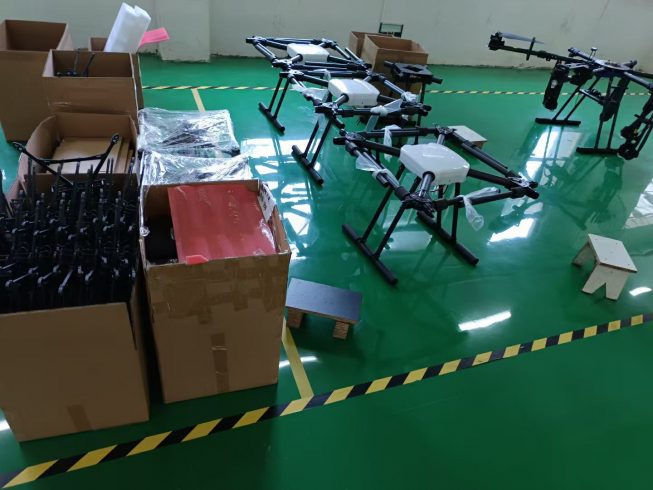
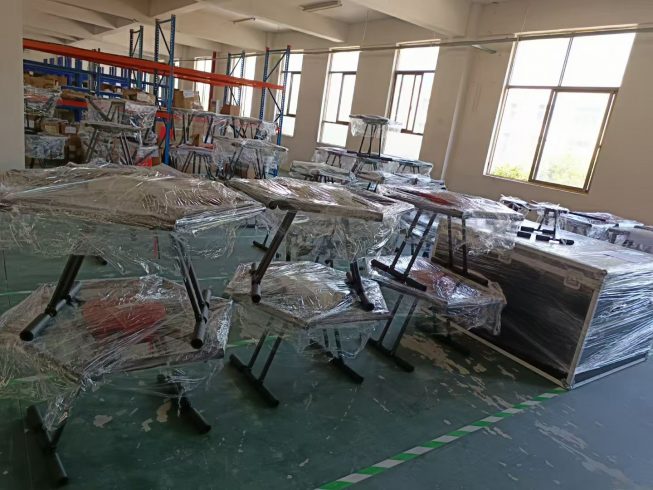

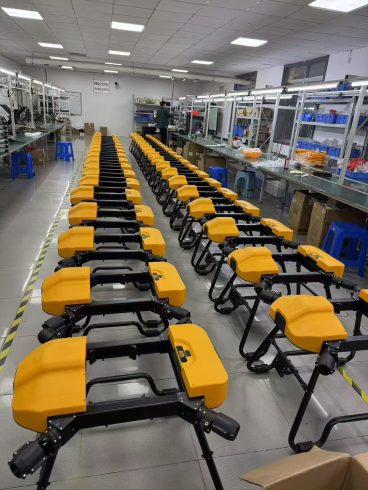
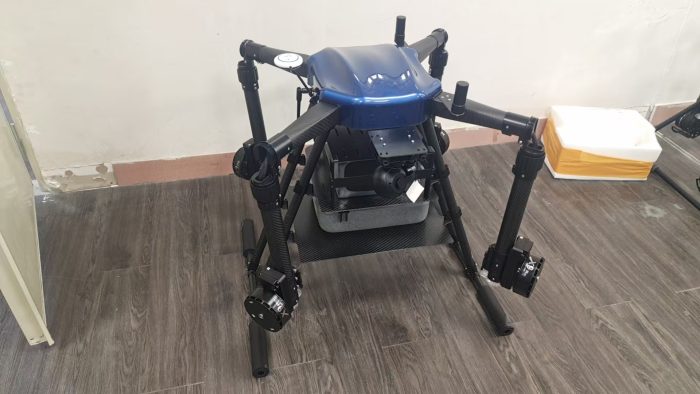

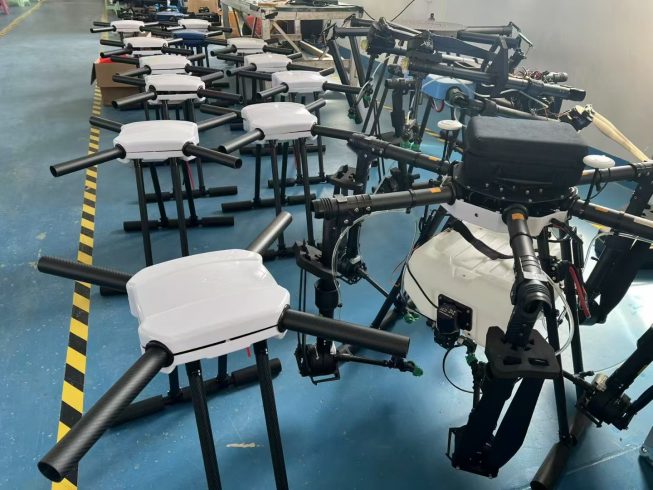
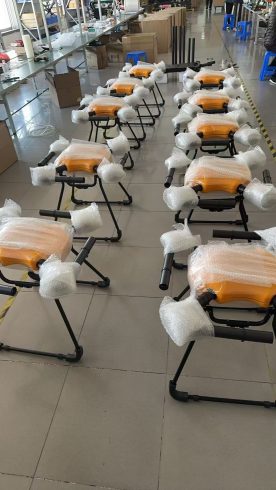
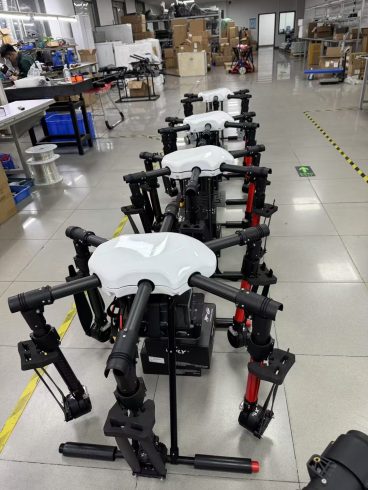
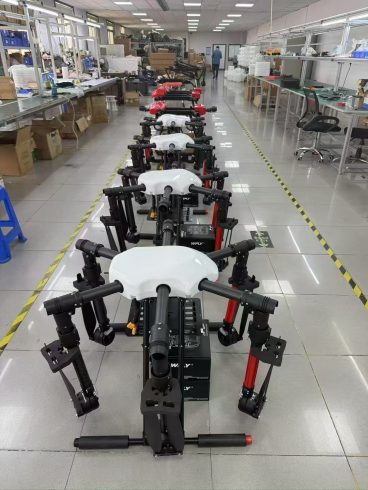

暂无评论内容